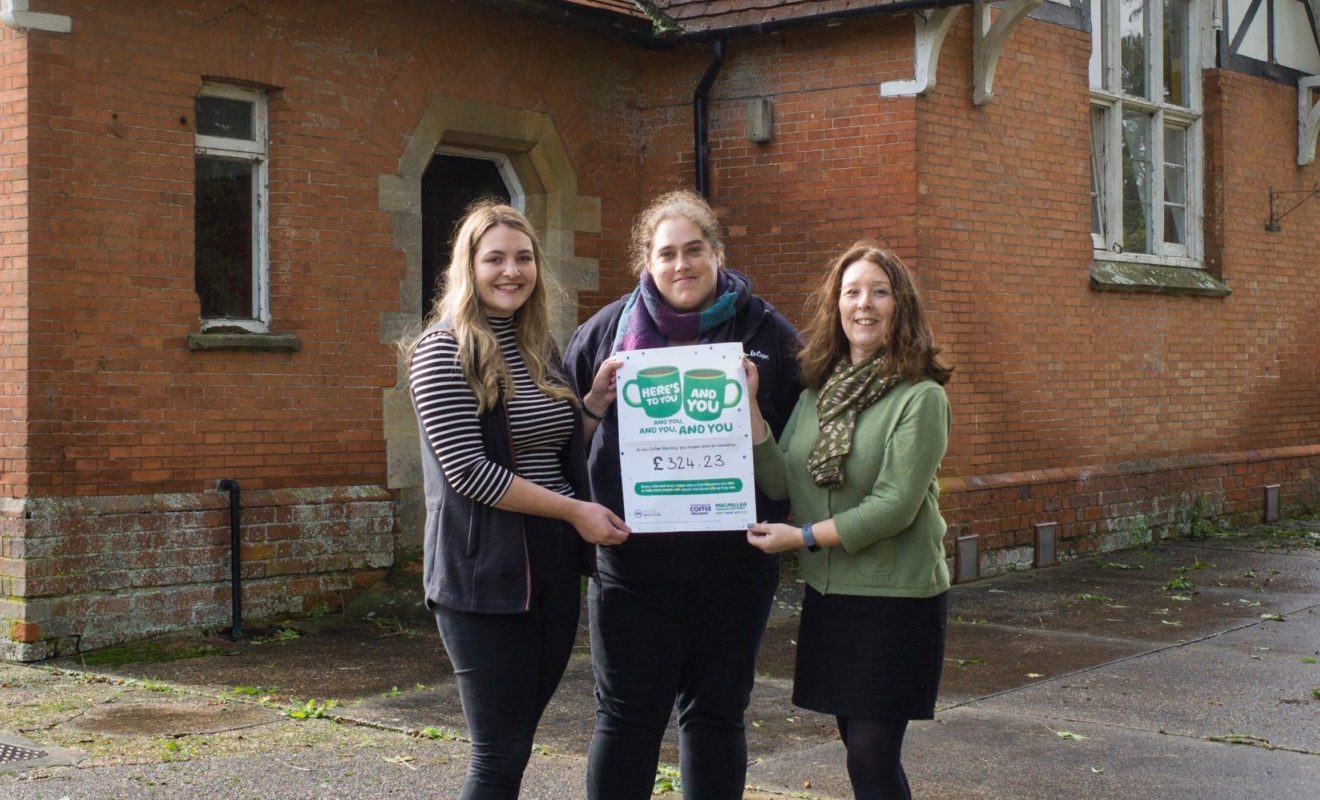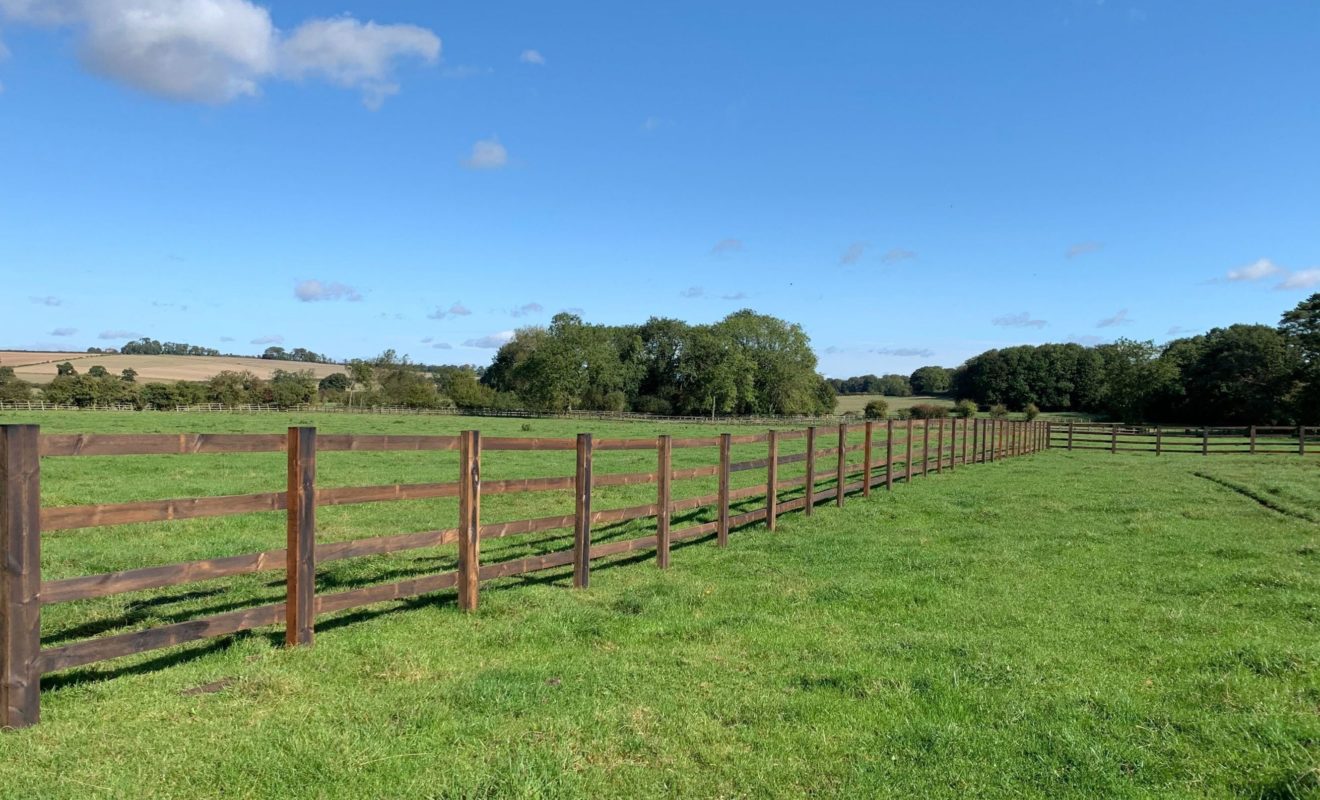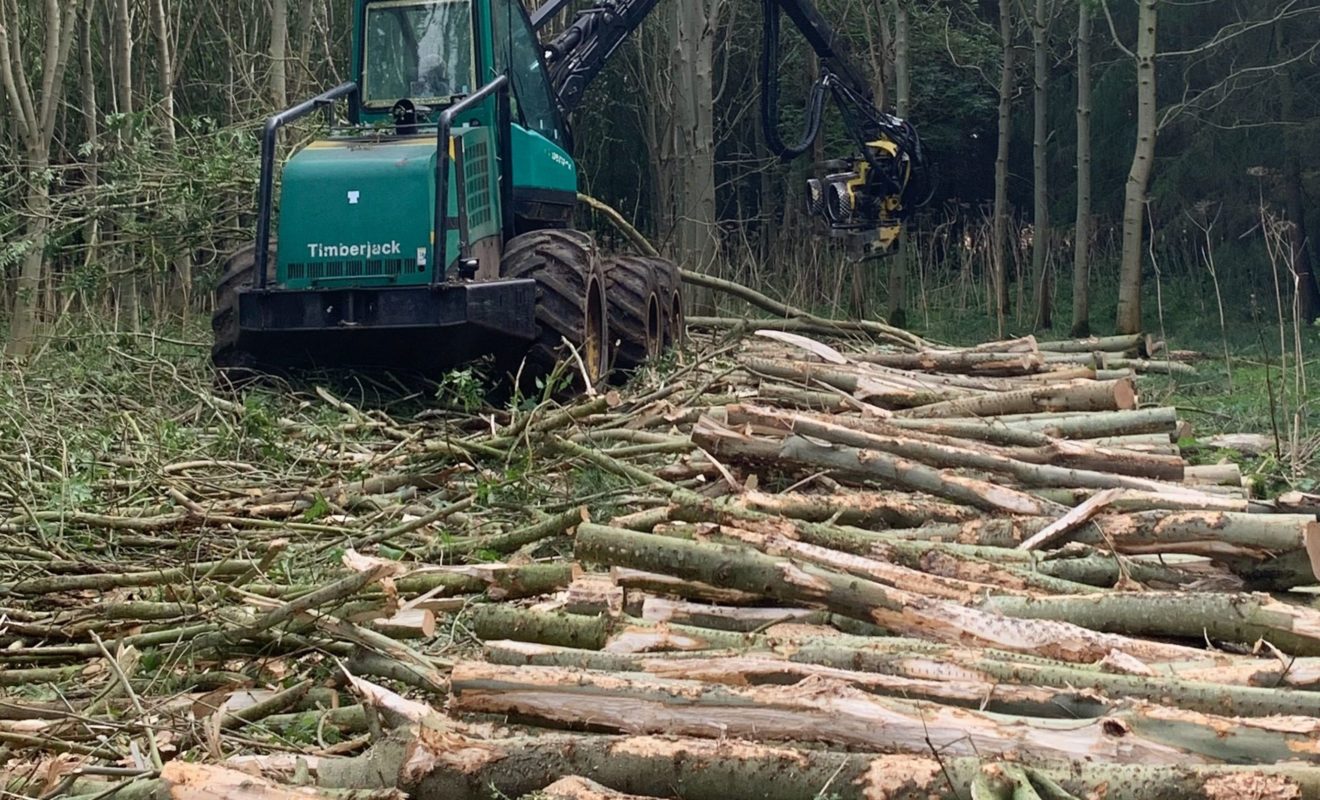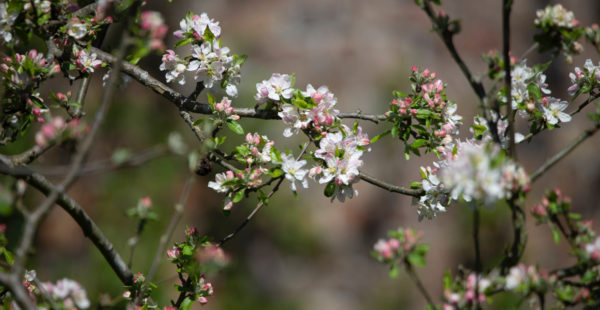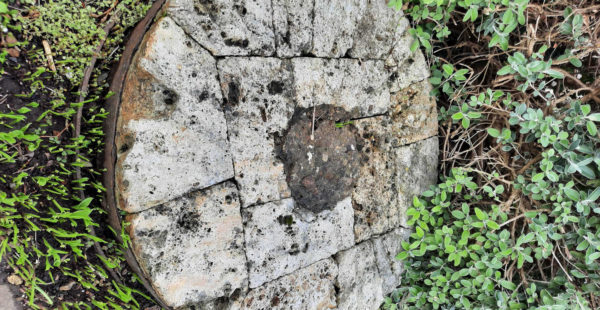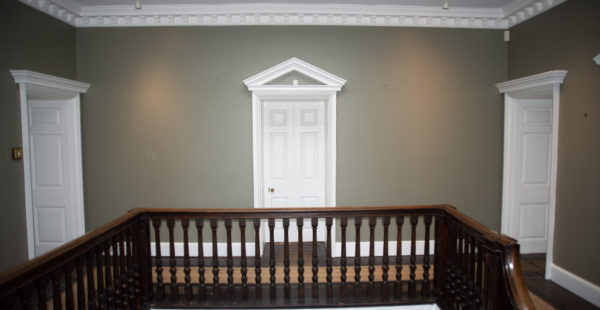New Roof, First-Aid Training & Ash Dieback
Preparations for winter are coming along nicely on the South Ormsby Estate. The fibre-cement roof on the new barn at Keal Yard has been expertly fitted by Paul Graves and his team, while at ground-level the barn wall is going up alongside new wooden cladding chosen to match existing barns. This should ensure a safe haven for the Lincoln Red beef herd when the cold weather starts to bite.
A new section of fencing was completed at Harden’s Gap Yard and some of the old rails were salvaged for use in repairs around the estate. Inside the Hall, the decorators were sanding and patching prior to the next phase of painting. We were proud to hear that as a result of their fund-raising efforts at The Old School on 27th September, Nicky, Jacqui and Annie raised £324.23 for Macmillan Cancer Support.

